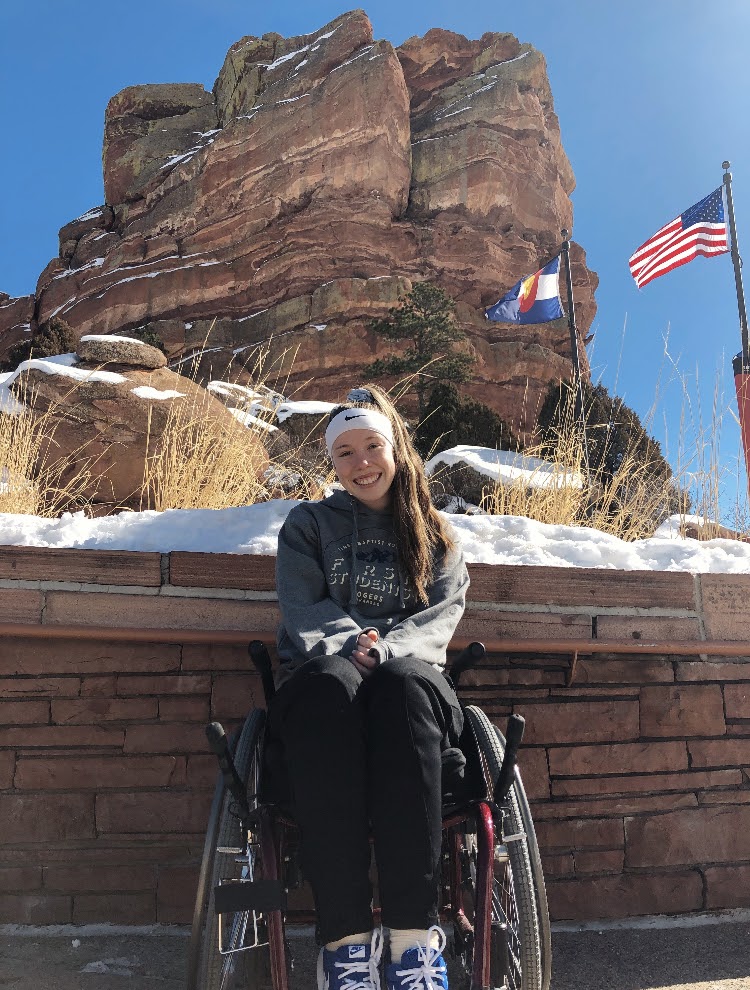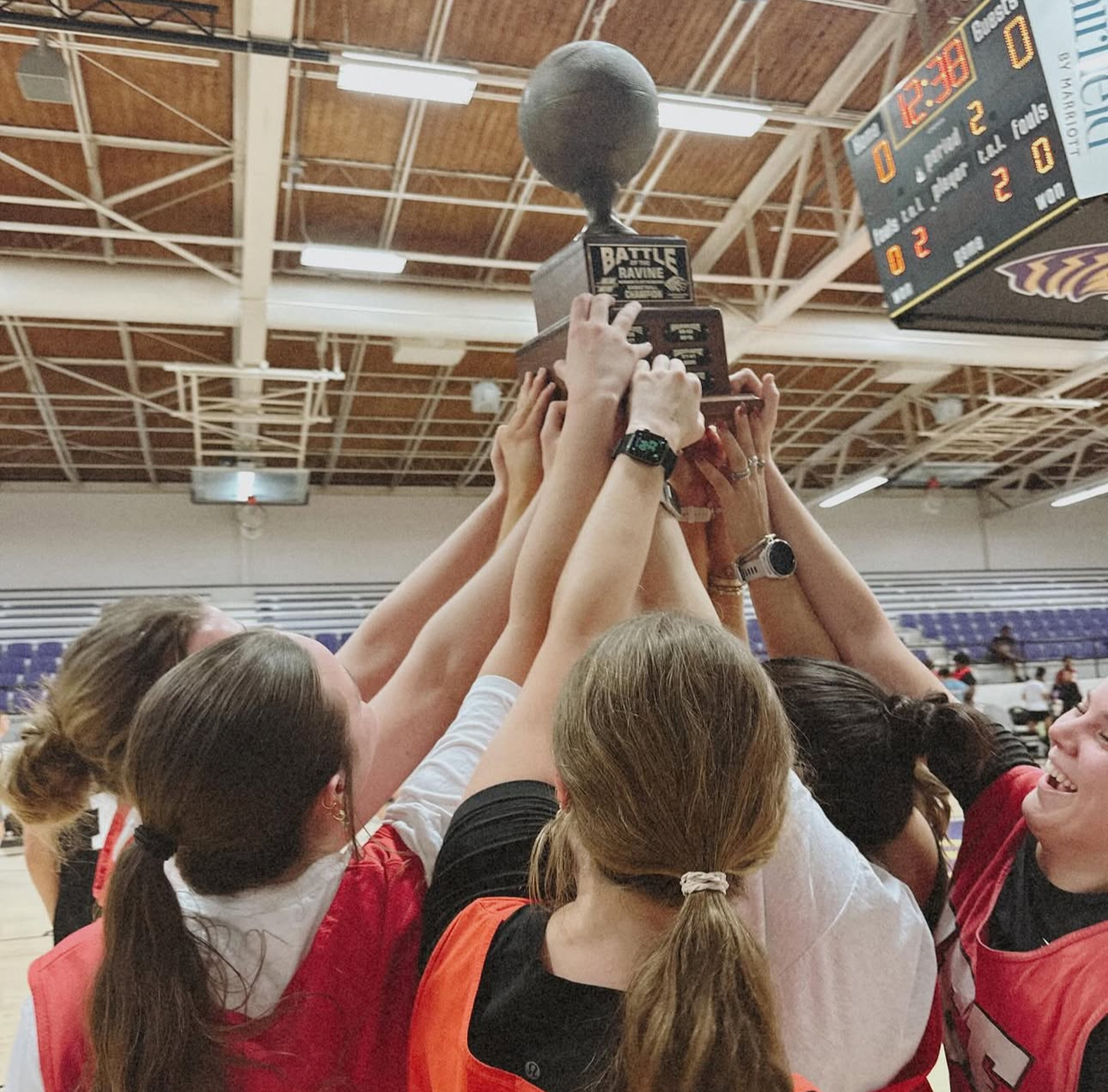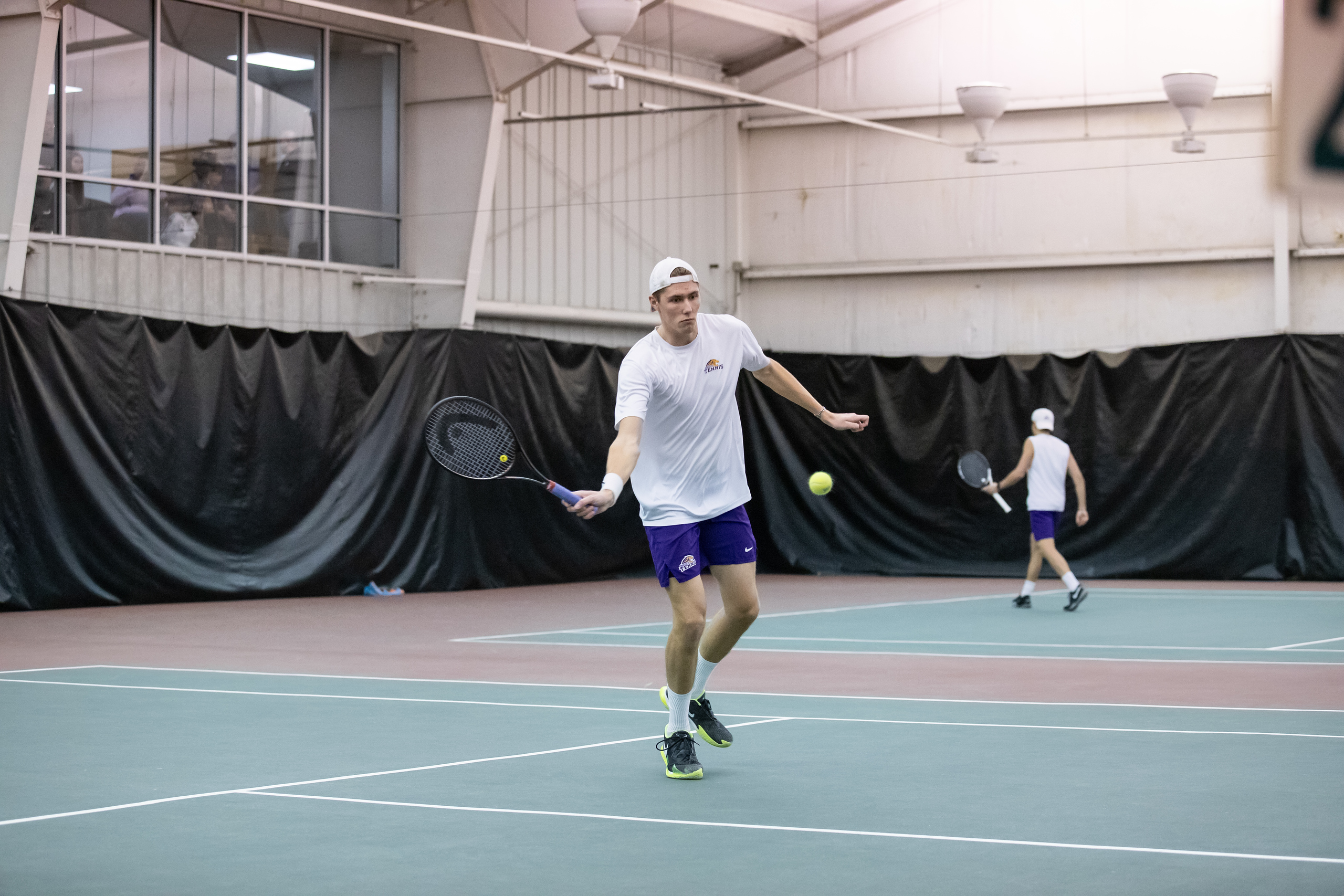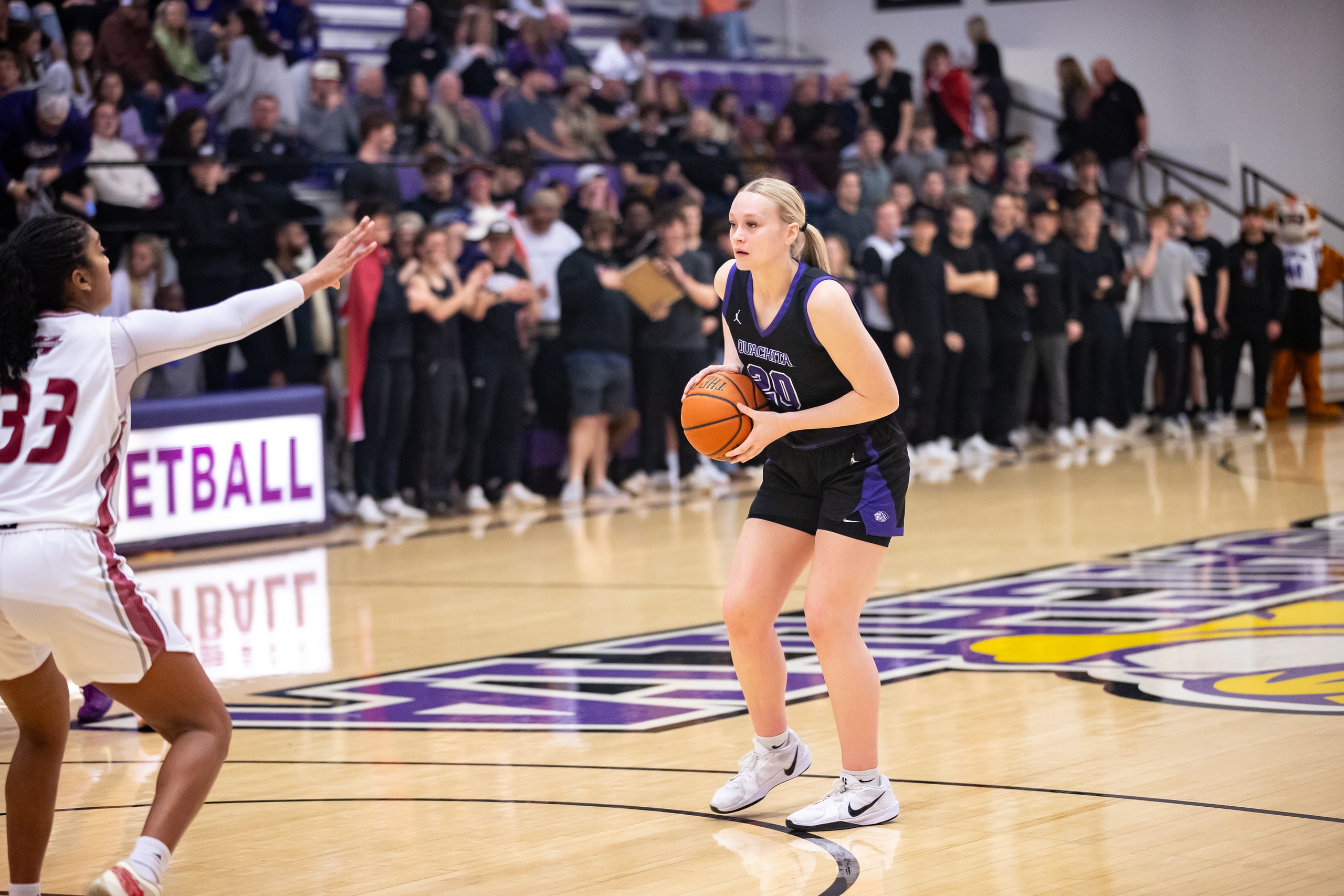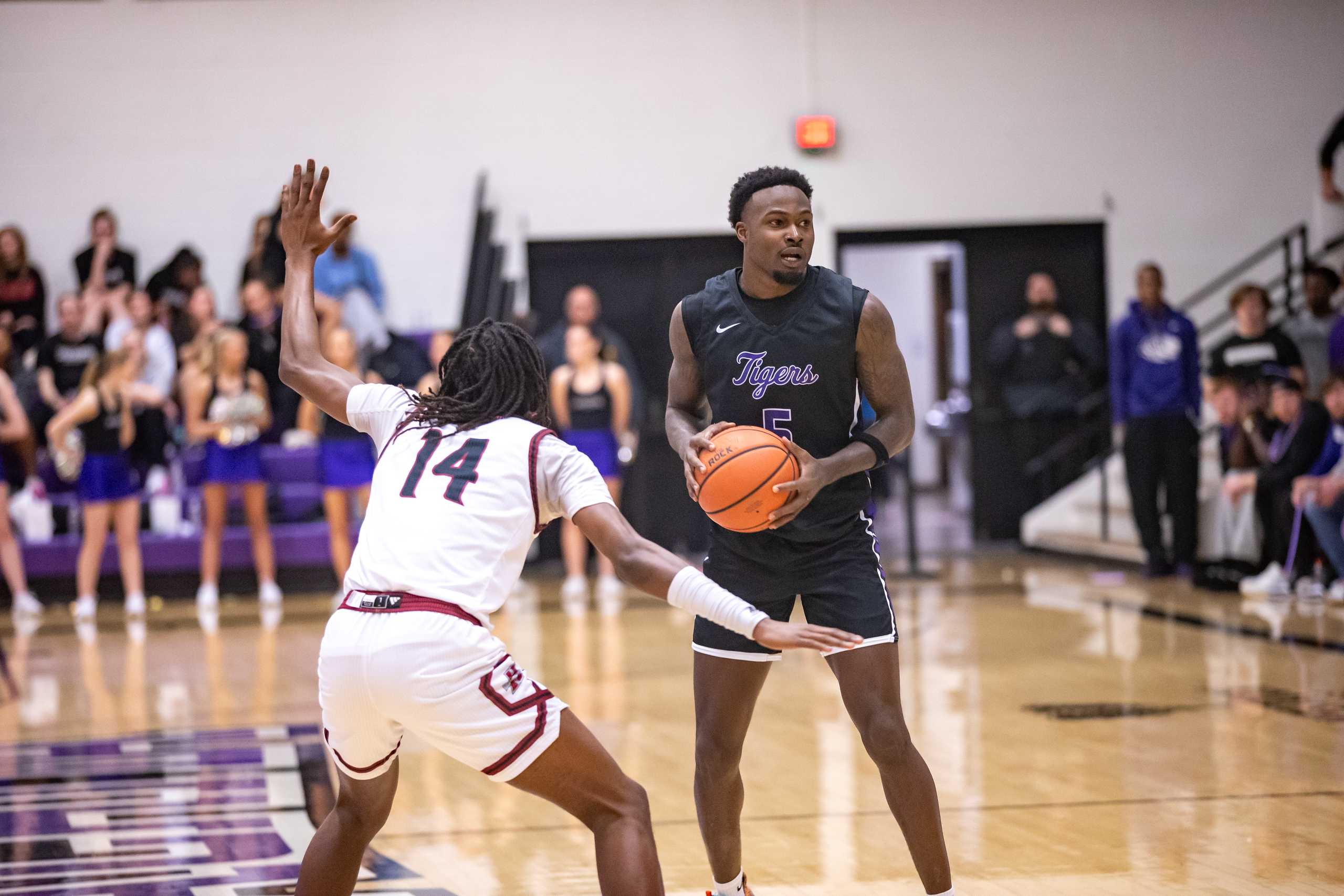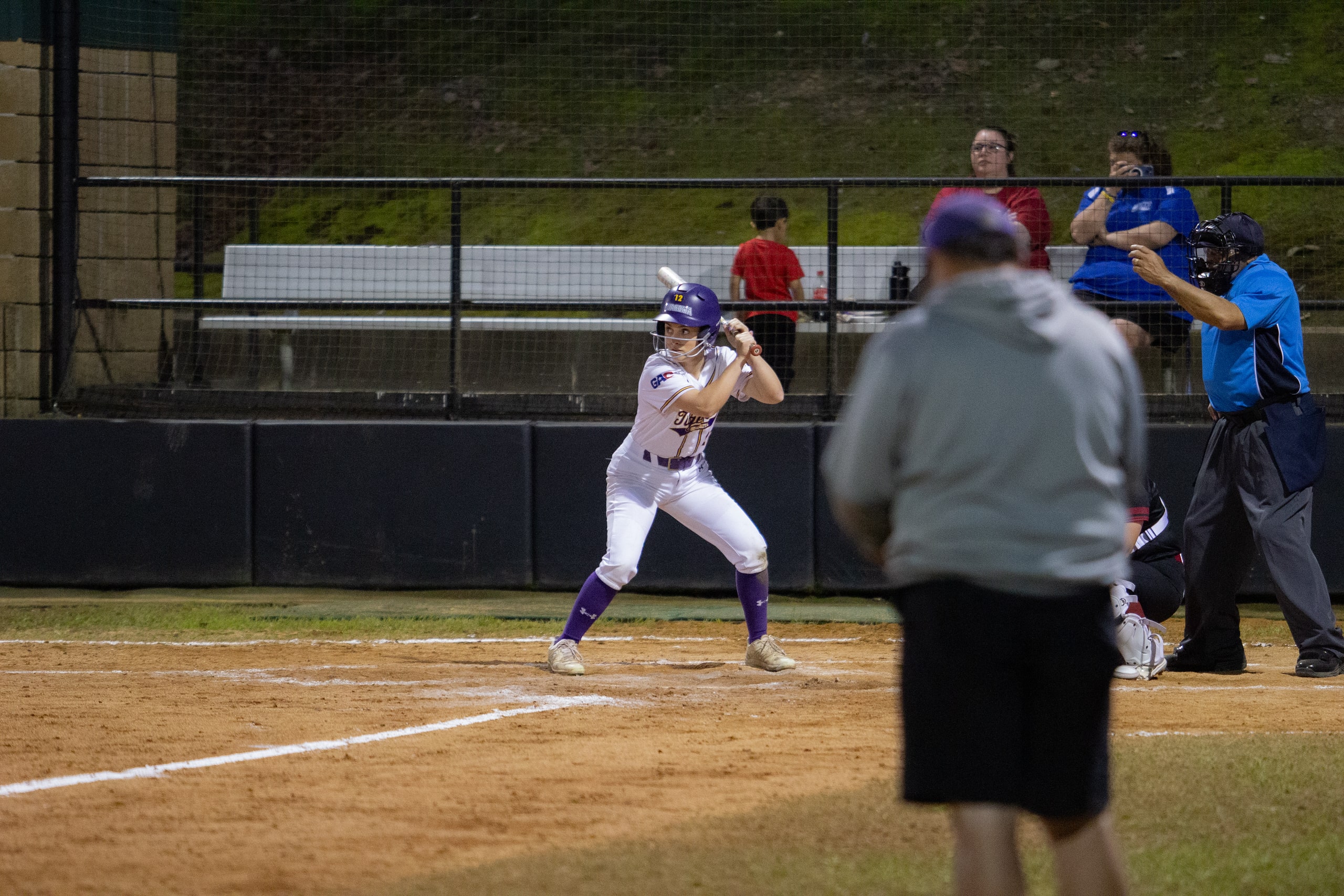by Tyler Fay, Staff Writer
September 5, 2020
Abigail Howard visited Ouachita’s campus for the first time in October of her junior year of high school. A native of Lowell, Ark., she was excited to check out the soccer team and see the campus. Just two months later, in December of 2018, Howard chose OBU as her college home.
She committed to play soccer for Ouachita as a senior in high school, and everything was going well. But on January 20, 2020, Howard began to feel a sharp pain in her spine. Within an hour of the pain’s appearance, Howard was fully paralyzed from her chest down.
“I felt excruciating pain like I’ve never felt before and I knew something was wrong,” Howard said.
Howard spent the next 10 days in intensive care. She was confused because she had no previously known underlying conditions. The doctors couldn’t figure out what was wrong with her, nor could they tell her if she would ever be able to walk again. Her doctors finally made the decision to send Howard to a spinal facility in Colorado, where she would spend the next two months.
During those two months, Howard was eager to begin therapy.
She spent the first month as an inpatient at the center, and then the second month as an outpatient. Howard typically spent eight hours a day in physical and occupational therapy.
Within two weeks she was able to barely stand with someone helping her, and within a month of hard work and dedication she was able to begin walking using a walker. Her improvements have continued since she returned from Colorado, and Howard can now walk without her walking stick.
Even though Howard is healing and improving daily, she is still a medical mystery. Her doctors are still not sure about what caused her paralysis. She has been tested for many different conditions, and all of the test results have come back negative.
Because of this, Howard’s doctors have given her a “diagnosis of exclusion,” reached through process of elimination. In her case fibrocartilaginous embolism (FCE), which is a rare disease where there is a sudden blockage of an artery in the spinal cord, was the last disease standing. If Howard really has FCE, she’ll be one of the youngest people in the world to have it, since it usually occurs in older populations.
Throughout the past eight months, Howard has undergone spiritual and mental changes as well.
“The Lord has definitely changed my perspective from being a very intense athlete to not being able to do anything on my own,” Howard said. “I wake up every morning so thankful. On January 20, I could have lost my life. It has reminded me to hug people tighter and love on them better.”
In terms of her soccer career, Howard’s future is uncertain. She will know more about whether or not she will be able to play around January 2021. In the meantime, she will continue going through the recovery process and work on regaining her strength and balance. Howard is still unable to feel pain or temperature in her legs.
When it comes to healing, Howard has an optimistic view and a positive attitude. She has also changed her major to kinesiology with an emphasis in pre-professional physical therapy because of the close bond she formed with her physical therapist. Going through this situation made Howard realize how much she wanted to help other people through physical therapy.
From being paralyzed in January to going through physical therapy and dealing with her long recovery, Howard has remained resilient and optimistic through her faith. And that’s a message she wants to share with others.
“There is a purpose for the pain,” Howard said. “I think we will walk through this fire looking more like Christ and will be able to better glorify him. There’s hope beyond this Earth. I may never be fully healed here on Earth and still will have to deal with side effects here, but I know my full restoration will be when I’m reunited with my creator when I’m in heaven.”

